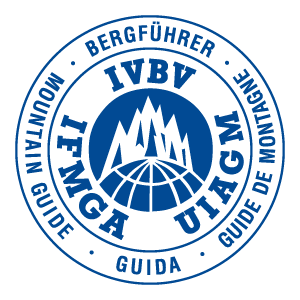Avalanche Course (2 days)
Let our guides teach you how to find the best quality snow in the mountains, and at the same time how to stay alive while enjoying it! This course will cover everything from snow pack stability evaluation, where to put your tracks in the mountains, both during the ascent and the decent, and finally how to perform avalanche rescue operations with practical use of avalanche transceivers.
This could be the right course for you
This course target outdoors people who do back country ski touring , or do offpiste skiing. To get the most out of the course you should be an accomplished skier, both during the ascent and the decent. You should be familiar with the mountains during wintertime and be in good physical shape. Our guides will do their best to optimize each course according to the whishes of our customers.
We have courses in Hemsedal, Sogndal and Myrkdalen
Our instructors are highly qualified
During our avalanche safety courses we strictly use internationally qualified guides (UIAGM/IFMGA), or guides under qualification in the avalanche safety course. We also use NF approved avalanche instructors with prominent experience from skiing in technically demanding terrain, climbing and travel on glaciers.
The goal
Unfortunately, there are no exact scientific ways of evaluating the stability of the snow pack. Our goal is therefore to make you aware of all factors influencing the snow stability, and how you can travel as safe as possible within avalanche terrain. When finishing an avalanche course, you will be able to identify different snow types and their implication for snow stability. You will be able to analyze the terrain and identify both safe and unsafe areas for your ascent and decent. After the course, you should be confident in using an avalanche transceiver during practical avalanche rescue. We aim for a practical approach during the course, staying outside in relevant areas most of the day.
Relevant topics
- Choosing you line in the mountains, both during the ascent and the decent
- Factors influencing the stability of the snow pack
- Practical use of avalanche forecasts
- Familiarize with different snow types and their impact on snow stability
- Traveling in a group – Risks
- Using a map for orientation
- Avalanche rescue operations and practical use of avalanche transceivers
Necessarry equipment
- Skis for alpine ski touring (randonèe) or Telemark with skins
- Snowboarders should preferably use a split board
- Snow shoes are mandatory if you don’t have a splitboard
- Ski boots
- Ski poles
- Ski crampons (optional)
- Avalanche transceiver, snow shovel and probe
- Sunglases/goggles
- Backpack (>30 liters)
- Food and hot beverage
- Clothes for a day in the mountains during the winter
- Isolating undergarment (preferably wool)
- Wind and water resistant shell (jacket and pants)
- Hat, gloves, mittens
- Isolating jacket
- Map
- Helmet (optional)
- Breogfjell can arrange for avalanche safety equipment if you don’t own it yourself


